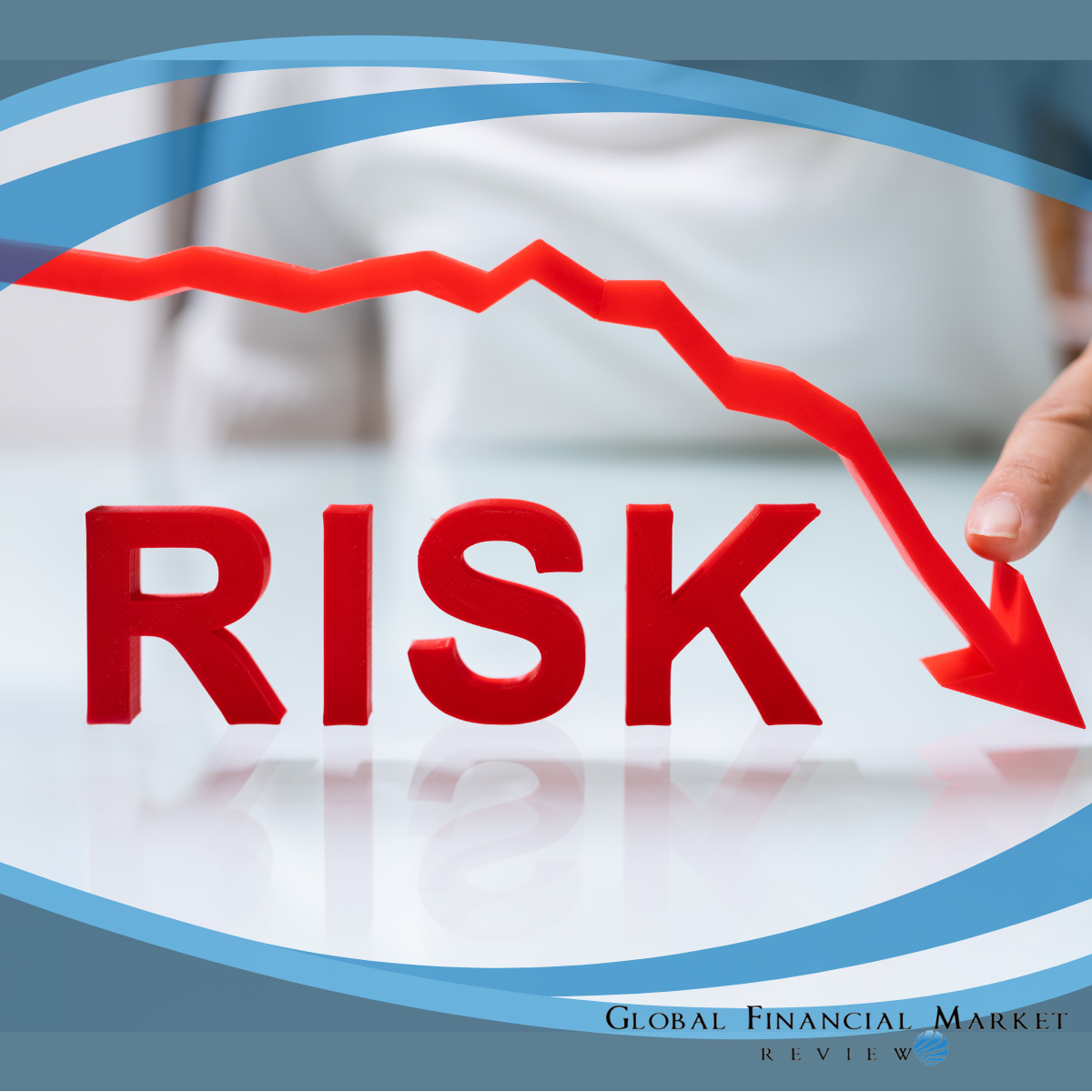The Evolution Of Credit Risk Assessment Methods

Author: Gerardine Lucero Sept 08. 2023
Understanding the evolution of credit risk assessment methods necessitates delving into the history of finance and banking. An integral part of any financial system, credit risk assessment, has transformed over centuries, thanks to advancements in technology and statistical methods. Though initially dependent on subjective judgment, modern credit risk assessment now leans heavily on digital platforms, machine learning, and regulatory standards.
Traditional banking institutions primarily relied on qualitative and personal insights of loan officers or banking staff for credit risk assessment. Their judgments were mostly subjective. The advent of modern banking necessitated a more systematic approach. Internal rating systems emerged, marking the dawn of a new era in credit assessment. These systems generally relied on the credit history, repayment capacity, and collateral value of borrowers to determine credit risk.
Gradually, sophisticated statistical methods and models entered the scene. Credit scoring models were developed that utilized multiple parameters, including borrower's income, credit history, current debt, and more. Logistic regression, an advanced statistical technique, emerged as a pivotal tool for predicting the likelihood of default. Furthermore, the arrival of machine learning algorithms upended the traditional understanding of credit risk assessment. Algorithms proficient in 'learning' from data, predicting outcomes, and refining decisions, began to reshape the landscape of risk assessment.
The evolution heralded a new phase of technological innovation with the emergence of big data. Such colossal amounts of data were the basis of insightful patterns and trends, influencing credit risk estimations profoundly. Not only this, but AI and machine learning were also becoming increasingly embedded in credit scoring processes. Risk assessment software automated and streamlined the process significantly, thereby enhancing accuracy and reducing manual effort. Data analysis and predictive patterns became key determinants of credit risk, superseding human judgement.
However, this shift towards digital credit risk assessment came with its unique set of benefits and limitations. Machine learning algorithms and digital platforms enhanced efficiency, precision, and consistency in credit risk estimation while reducing the scope of human error and bias. On the flip side, these methods also posed various challenges. Ensuring data privacy, resulting in additional costs, and handling the complexity of algorithms were among the potential roadblocks encountered by financial institutions.
Regulations also play a pivotal role in shaping credit risk assessment procedures. Standards like Basel emphasize the necessity of creating a risk-sensitive framework while encouraging financial institutions to develop internal rating systems. Strict regulations ensure the robustness of credit risk estimates, minimizing potential defaults and financial instability.
Signaling the way forward, the future might witness AI and machine learning steering credit risk assessments towards even greater accuracy and reliability. Blockchain, a decentralized ledger technology, could make significant strides in this realm, enhancing transparency and the verification process in credit assessments.
In conclusion, navigating through the evolution of risk management brings forth an enthralling journey from subjectivity to statistical models, and from digitally-strengthened methods to futuristic trends. Staying updated with these developments is vital for financial institutions aiming for effective credit forecasting and planning, underlining the importance of continual learning and adaptation in the field of finance. The intricate tapestry of credit risk assessment, interwoven with significant transitions over centuries, plays a pivotal role in shaping the financial stability and economic growth of nations globally.
Excent Capital: Supporting The Growth Of LATAM Advisors
The wealth management industry in Latin America is expanding rapidly due to stronger economies and a growing number of... Read more
Parallel Banking: Stablecoins Are Now Global
Parallel Banking: How Stablecoins Are Building a New Global Payments SystemStablecoins—digital currencies pegged to tr... Read more
Industry Responses: Strategies For Overcoming Regulatory Challenges In US Bitcoin ETF Approval
The journey towards the approval of Bitcoin Exchange-Traded Funds (ETFs) in the United States has been fraught with regu... Read more
Navigating Market Volatility: Assessing The Impact Of A Strengthening Dollar On US Stocks
In recent months, US stock markets have experienced a notable rally, with indices reaching new highs. However, amidst th... Read more
Forex Today: UK Inflation Makes Surprisingly Strong Fall - 17 December 2025
UK Inflation Falls to 3.2% Unexpectedly; Strong Bullish Advance in Precious Metals; WTI Crude Oil Bounces from 4-Year Lo... Read more
Forex Today: Risk-Off Mood Grips Market - 16 December 2025
Stocks, Precious Metals Sinking; Bitcoin Makes Bearish Breakdown; US Dollar Near 2-Month Low; Canadian Inflation Data Aw... Read more

